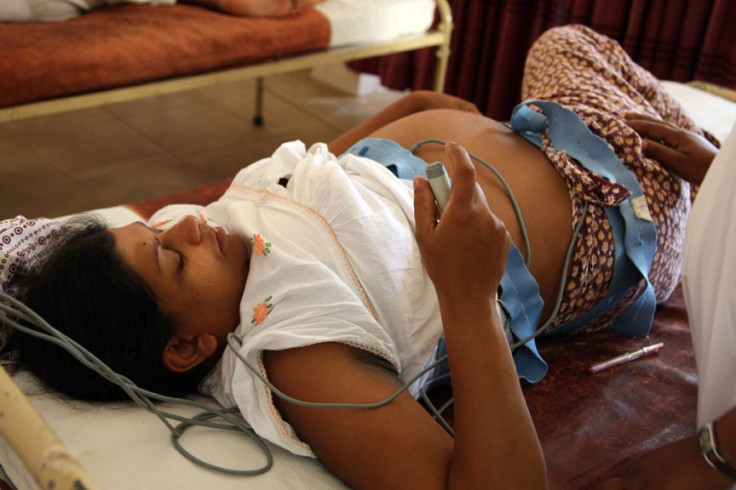Fatal Pregnancy Complications Fall With Postnatal Care: World Health Organization Report

Thousands of women — and millions of newborns — die each year from pregnancy-related complications. But according to a systemic review published in this month’s Bulletin of the World Health Organization (WHO), the rate of these deaths would improve from an emphasis on postnatal care.
WHO recommends a mother and her newborn child receive postnatal care within 24 hours of birth, and again three times during those first months: the third day after birth, two weeks later, before a final checkup six weeks after that. Postnatal care refers to the services designed to identify and manage any complications, including low birth weight and mothers infected with human immunodeficiency virus (HIV). While some women know this is an essential next step, many don’t. If they do, they’re skipping postnatal care because it’s either inaccessible or too expensive.
"A large burden of maternal and infant deaths take place during the 42 days following delivery, yet access to postnatal care services is unacceptably low," Dr. Etienne V. Langlois, lead study author from the Alliance for Health Policy and Systems Research, said in a press release.
To better understand how postnatal care services are used in low- and middle-income countries, Langlois and her team analyzed data collected from women aged 15 to 49 years old in previous studies published between January 1960 and May 2013; a total of 36 studies were considered. Researchers measured for socioeconomic status, education, and geographic access to health facilities.
The results showed the higher the socioeconomic status of the mother, the more likely she was to access postnatal care. Additionally, women who receive primary and secondary education were more likely to access postnatal care compared to women with no formal education. Women married to men with well-paid (non-manual) jobs and living in urban areas also used these services.
By country, fewer than 20 percent of women living in Kenya receive postnatal care, while the number is slightly better (35 percent) for women in the Democratic Republic of the Congo. And women who belong to scheduled castes, tribes, or other “so-called backward classes” were less likely to use these services compared to women in upper castes.
"Another problem our study identified is that postnatal care services are not equitably distributed in low- and middle-income countries where the vast majority (99 percent) of maternal and neonatal deaths occurs," Langlois said. "So women of low socioeconomic status with little education living in rural or remote areas have little or no access to these life-saving services.”
Focusing primary research on postnatal care services would be a great step toward educating and treating women and their newborns. In Langlois’ study in particular, researchers recommend community-based outreach programs for poor young women that teach them about reproductive health and postnatal care.
Source: Langlois É.V, et al. Inequities in postnatal care in low- and middle-income countries: a systematic review and meta-analysis. Bulletin of the World Health Organization. 2015.



























